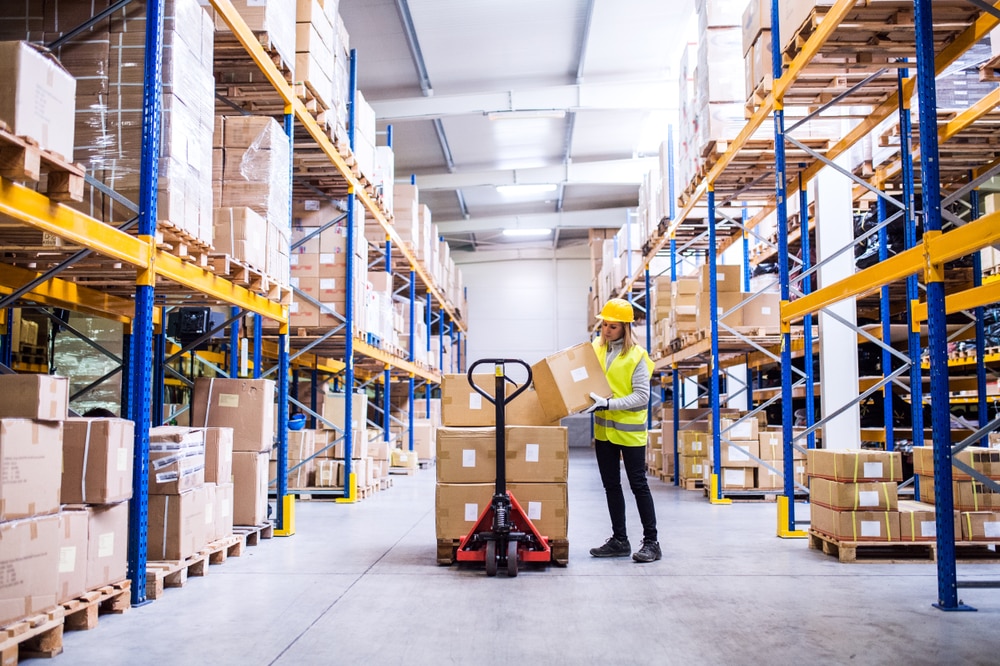Return materials authorizations—often called RMAs—are something that many companies use to track and manage returns. While they can be useful, they do also come with some potential pitfalls that can make the returns process frustrating for your company and your customers. Here are some ways your current RMA system could be hurting you.
It’s Too Slow
RMAs can usually be initiated in multiple ways, whether a customer does it by coming into your physical store location, logs on to your website, or uses a mobile app. While the process to fill out the form is usually pretty quick, it starts a cascade of events that could take several days, or even weeks, before it’s finally resolved. That includes time for someone to review the RMA, make sure it’s valid, send instructions for mailing the product back, shipping time, repair time, and return shipping. If the customer is returning something that is an integral part of their daily life (like a smartphone or other digital device) the length of time they are without this item will lead to frustration.
It’s All Done Manually
What exactly happens with your RMAs? Most companies don’t have a clearly defined process, and those that do usually have several steps that must be done manually. For example, a person initiates an RMA on your website and fills out a form in Microsoft Excel, then:
- It’s routed to your online customer support team, who has to approve the RMA
- They transfer it to the warehouse or returns center that will receive the item(s)
- Returns personnel have to track it through the repairs process
- Once repaired it is sent back to outbound shipping
Every one of those manual interventions presents an opportunity for a bottleneck or delay. They also introduce more chances for errors that will further delay the return, such as a customer that puts the wrong RMA on a package, or someone inputting the wrong information about the return reason in your database.
It Has the Potential for Abuse
Unfortunately there are customers who are not honest and will try to use your returns process to their advantage. Some companies think that RMAs help cut down on fraud, and requiring that you send back the original merchandise can help, but there are still ways that customers can circumvent the rules if you have an older system or you don’t have the right software tools to verify purchases and track customer return activity.
Reverse Logistics Software Can Help
The right reverse logistics platform can help you overcome many of these issues by:
- Creating a simple online system for filling out RMAs
- Automatically routing all the pertinent information to the team members who will be involved in repairing or replacing it
- Implementing rules or ‘grading’ for specific returned items to expedite processing
- Applying product-based and time-based restrictions to prevent fraud or abuse
Find out how the ReverseLogix platform can simplify your RMA process for direct-to-consumer products and for your B2B sales by scheduling a demo.

